If you've ever watched professional Olympic weightlifters or advanced powerlifters, you might have noticed something unusual about how they hold the barbell. Their thumbs? Tucked underneath their fingers. That, my friend, is the hook grip—a powerful and widely used grip technique in weightlifting designed to maximize pulling power, improve grip security, and reduce the risk of bar slippage during heavy lifts. Whether you're training for the snatch, clean and jerk, or a massive deadlift, understanding and mastering the hook grip can take your strength game to the next level.
Let's break down everything you need to know about the hook grip: what it is, how to do it, why it matters, and how to deal with the initial discomfort that often comes with it.
What Is a Hook Grip?
At its core, the hook grip is a method of gripping the barbell in which your thumb wraps around the bar first, and then your index and middle fingers wrap over your thumb. It essentially "locks" your grip into place by pinning your thumb between the bar and your fingers.
This is different from a conventional overhand grip, where all fingers and thumb simply wrap around the bar, or a mixed grip, where one palm faces toward you and the other away. In contrast, the hook grip maintains a symmetrical hand position, which is crucial for Olympic lifts where bar path and balance are everything.
How to Do a Hook Grip: Step-by-Step
Getting into the hook grip takes a bit of finesse. Here's how to do it correctly:
- Place your thumbs on the barbell first — your thumbs should wrap around the bar just like normal.
- Wrap your index and middle fingers over your thumbs — these two fingers are typically the strongest and should apply pressure on your thumb to hold it in place.
- Keep your grip tight but not over-squeezed — the bar should feel secure without causing intense thumb pain.
- Set your wrist and arms normally as you prepare to lift.
It may feel awkward at first, especially the thumb placement. But once mastered, it becomes second nature—and more importantly, it helps your grip stay secure under serious loads.
Why Use a Hook Grip in Weightlifting?
You might wonder, "If it hurts and feels weird, why bother?" The answer: because it works.
Here are the main benefits of the hook grip:
Superior Grip Strength
By anchoring the thumb under your fingers, the hook grip prevents the bar from slipping out of your hands during fast or heavy pulls. It allows you to lift more weight without relying on grip strength alone.
Symmetry and Balance
Unlike the mixed grip, which can lead to imbalances in the back and shoulders over time, the hook grip maintains even hand positioning, reducing injury risk and promoting a more natural bar path.
Olympic Lift Approved
For movements like the snatch or clean, where speed and precision are key, the hook grip helps maintain control throughout the entire pull. It's practically a requirement at the elite level.
No Need for Lifting Straps (in most cases)
For those training without straps or in competition where straps aren't allowed, the hook grip gives you the grip security you need without any external aids.
Common Challenges and Discomfort
Let's be real—the hook grip hurts when you first start. The main complaints are:
- Thumb pain or bruising
- Pinching skin between thumb and bar
- Lack of mobility in fingers to properly "hook"
This discomfort is normal and tends to go away as your thumbs and hands adapt. Just like calluses develop from barbell use, your thumbs will toughen over time.
Pro tip: Many lifters mistakenly try to grip the bar tighter to reduce the pain, but this can backfire. Relax the rest of your hand slightly and focus the pressure where it's needed—on the thumb and fingers.
Tips for Adapting to the Hook Grip
Sticking with the hook grip is worth the short-term discomfort. Here's how to ease into it:
Tape Your Thumbs
Use weightlifting tape (preferably flexible and adhesive) to reduce friction and protect the skin. Wrap the tape just below your knuckle and over the thumb pad. Avoid wrapping too tightly or too far up the thumb, as that can restrict movement.
Use Hook Grip Only When Needed
You don't need to use the hook grip on every warm-up set. Save it for your heavier working sets or Olympic lift sessions to reduce overall wear on your thumbs.
Build Gradually
Start with hook grip in lower rep sets, then increase usage over time. Your thumbs will get stronger and more resilient.
Practice Bar Holds
Spend time holding the bar in the hook grip position without lifting, just to get used to the feel. This builds endurance in the grip without fatigue from the rest of the lift.
When to Use the Hook Grip (And When Not To)
✔️ Use it for:
- Olympic lifts (snatch, clean, jerk)
- Deadlifts (especially in competition or for symmetry)
- Heavy barbell rows or pulls
❌ Consider alternatives for:
- High-rep metcons or CrossFit-style workouts where thumb fatigue is a factor
- Beginners still learning basic bar path mechanics
- People with thumb joint issues or limited mobility
If you're not using the hook grip yet, consider gradually introducing it during your heavier sets or technical Olympic lift days. The payoff in grip confidence and pulling power is worth it.
Frequently Asked Questions (FAQs)
Q1: Is the hook grip legal in competitions?
Yes, absolutely. It is the standard grip used in Olympic weightlifting competitions. It's also allowed in most powerlifting meets, though not as commonly used there due to personal preference.
Q2: Can the hook grip replace lifting straps?
In many cases, yes. Hook grip allows you to hold heavy loads without straps. However, some lifters still use straps during volume work to reduce hand strain.
Q3: Will the hook grip damage my thumbs?
Not permanently. Initial bruising or pain is common, but the body adapts. With proper thumb taping and technique, you can avoid long-term issues.
Q4: Is hook grip safe for small hands?
Yes. While it might be more challenging for lifters with small hands, proper bar diameter and consistent practice make it accessible to most lifters.
Conclusion: Embrace the Hook Grip
The hook grip in weightlifting isn't just a flashy technique—it's a functional, proven method to secure your hold on the bar and lift more weight with better form. Although it may feel uncomfortable at first, your body will adapt. With time, the hook grip becomes second nature—and an essential weapon in your lifting arsenal.
Whether you're chasing PRs on the deadlift, mastering your clean and jerk, or aiming for your first competition, the hook grip is a small change that can lead to big results. So grab the bar, hook that thumb, and lift like you mean it.
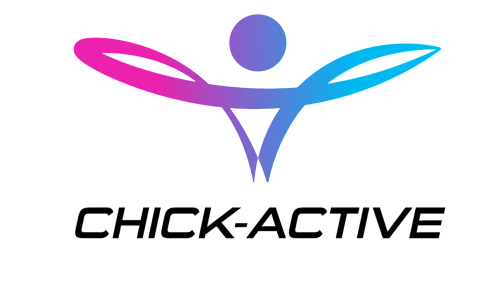
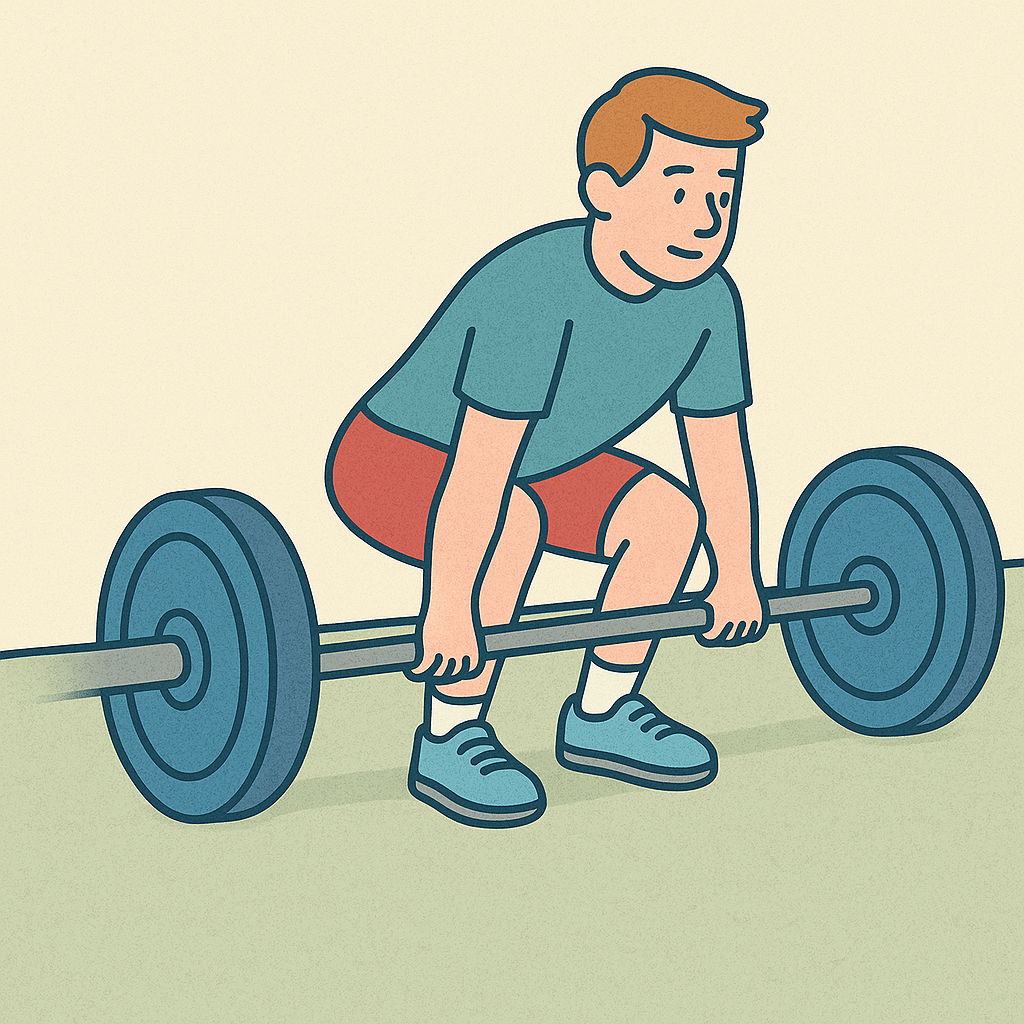


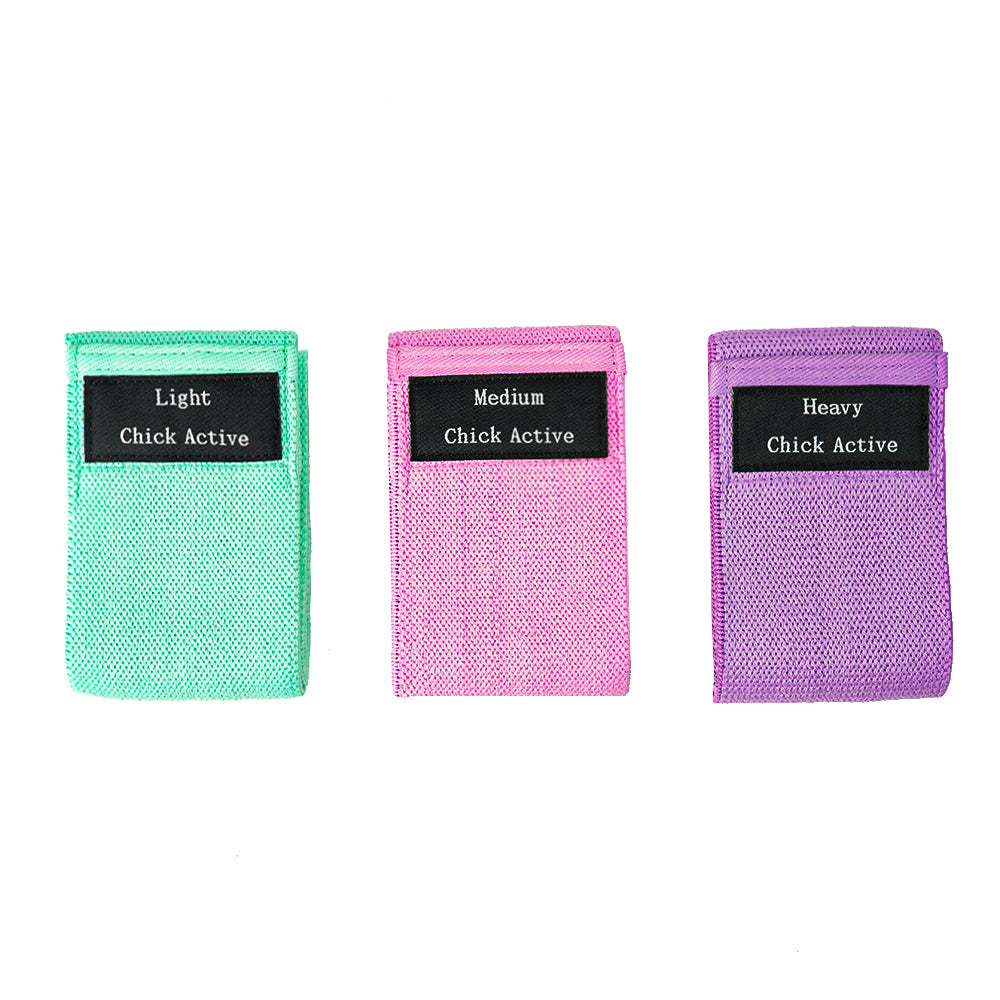
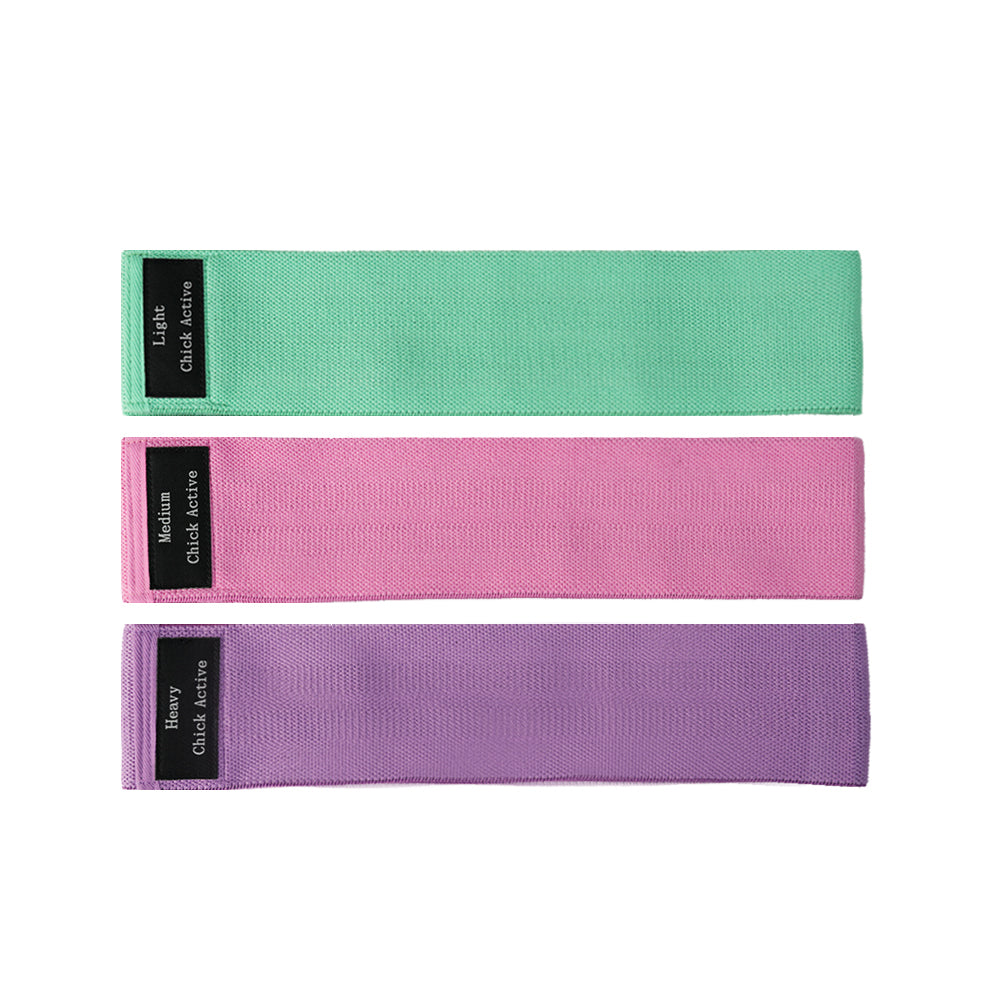


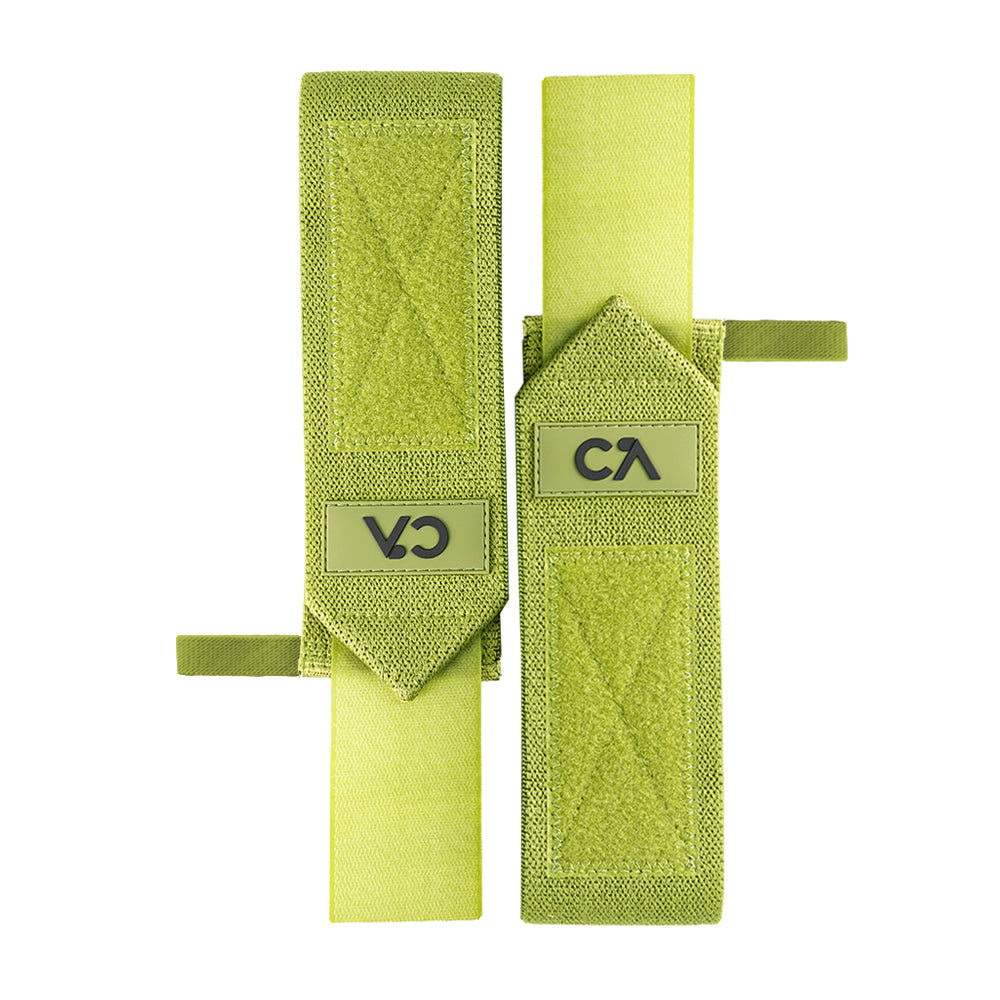
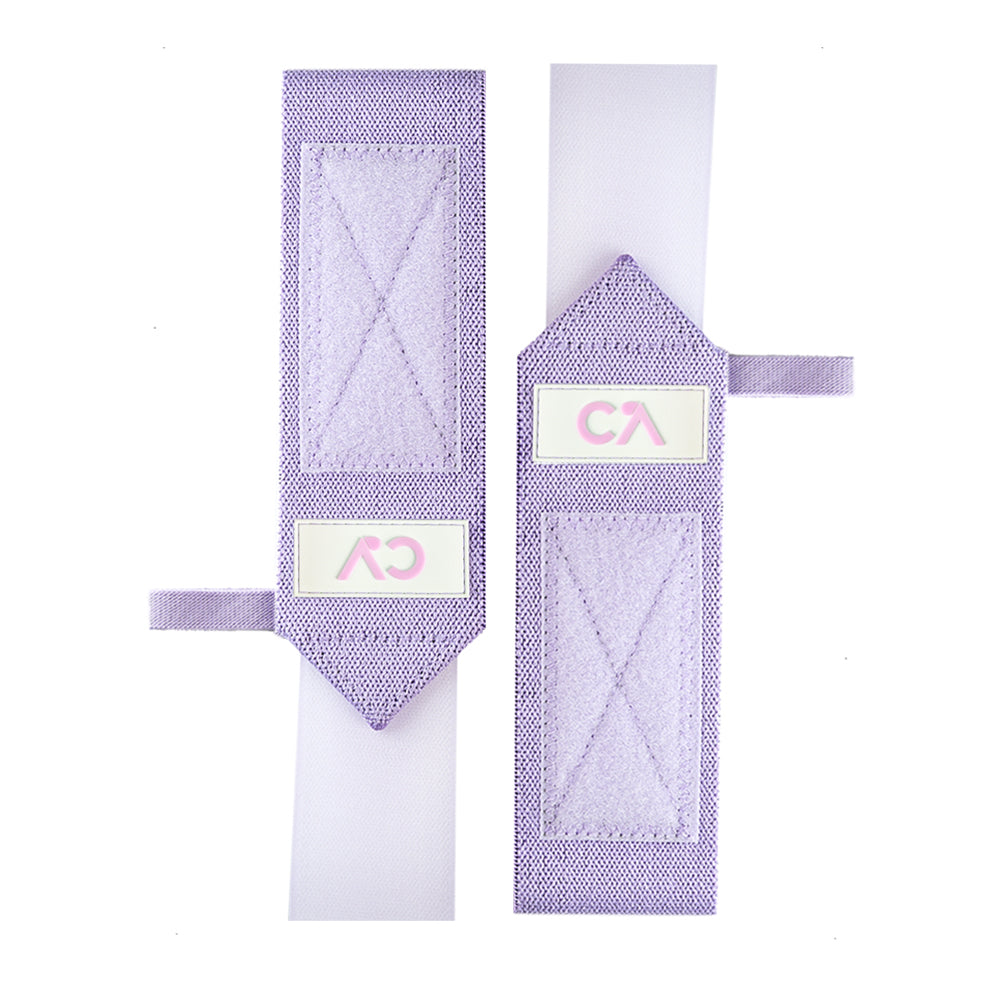
Leave a comment
All comments are moderated before being published.
This site is protected by hCaptcha and the hCaptcha Privacy Policy and Terms of Service apply.